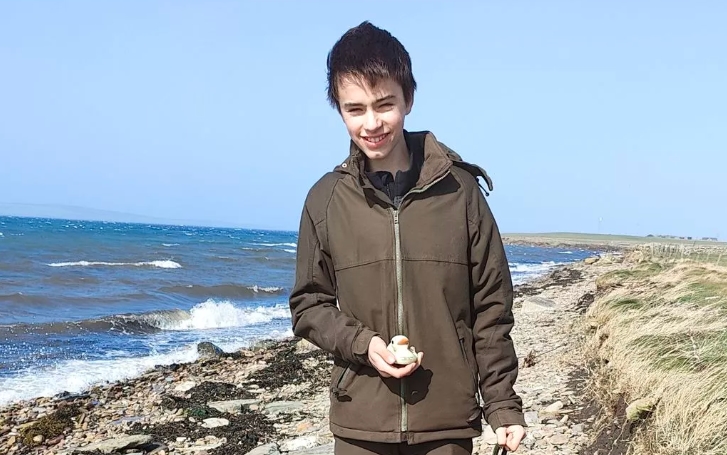In a whimsical turn of events, a rubber duck, part of a failed world record attempt in Dublin in 2006, has made its way to the shores of Orkney, Scotland. The duck, which was one of 150,000 released into the River Liffey, was found by a teenager, marking the end of an 18-year journey at sea. This discovery highlights the longevity of plastic in our oceans and raises questions about environmental impacts.
The Great Escape
The rubber duck’s odyssey began with a grand ambition: to break the world record for the largest plastic duck race. As thousands of ducks bobbed down the River Liffey, one adventurous duck had other plans. Its 400-mile journey to Orkney is a testament to the unpredictable nature of ocean currents and the durability of plastic.
The duck’s unexpected arrival in Orkney has captured the imagination of locals and environmentalists alike. It serves as a reminder of the vast distances that marine debris can travel, often with unforeseen consequences for wildlife and ecosystems.

The Environmental Implications
While the story of the wayward duck may seem charming, it underscores a more serious issue. The persistence of plastic in our oceans is a growing concern, with marine life frequently mistaking it for food, leading to harmful ingestion and entanglement.
The rubber duck’s condition after 18 years at sea is a stark illustration of plastic’s resistance to natural degradation. It brings to light the importance of responsible disposal and the potential hazards of releasing plastic items into the environment.
Reflections and Reactions
The community’s reaction to the rubber duck’s arrival has been mixed, with some seeing it as a quirky piece of history, while others view it as a cautionary tale. The incident has sparked conversations about sustainability and the need for innovative solutions to tackle plastic pollution.
As the rubber duck settles into its new home, it leaves behind a legacy of adventure and a poignant message about our impact on the planet’s oceans.

















